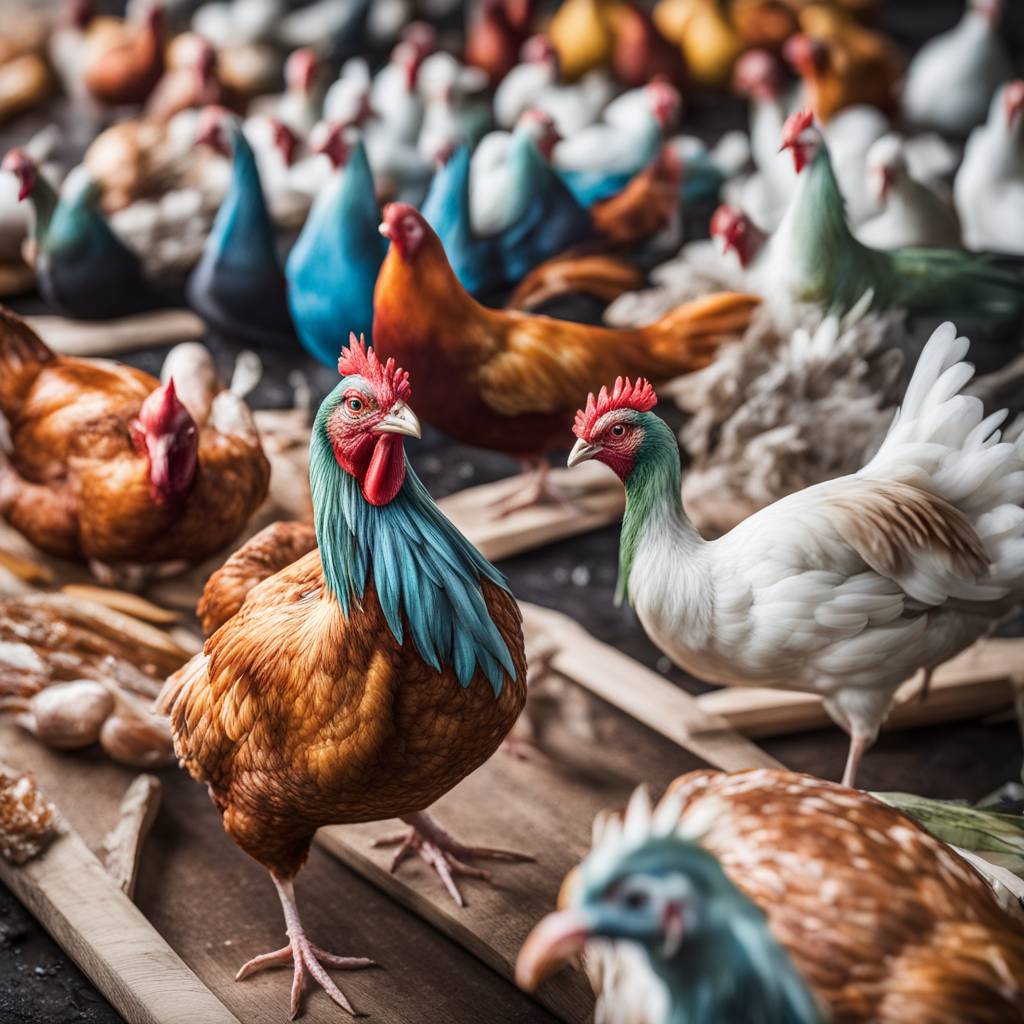The spread of H5N1, a highly pathogenic strain of avian flu, is rapidly evolving, affecting commercial poultry, livestock, and even humans. The U.S. Department of Agriculture confirmed outbreaks in dairy cows in multiple states, with one employee on a dairy farm contracting the virus. This strain of avian flu, first detected in 1996 and spreading globally, has now caused nearly 10,000 cases in the U.S. alone. While wild birds can carry the virus, it primarily impacts waterbirds like geese and ducks. Common birds like pigeons and sparrows are not typically carriers.
The H5N1 outbreak has had a significant impact on commercial poultry, causing cases in over 82 million farmed birds and being deemed the worst bird flu outbreak in American history. Since the beginning of the year, nearly 2.5 million birds have been affected. The recent discovery of the H5N1 strain in dairy cows in multiple states has raised concerns. Although the symptoms in cattle are more mild than in birds, affected cows show signs such as decreased milk production and discolored milk. However, the USDA assures that the milk supply should remain unaffected.
Human cases of H5N1 are rare, with only two confirmed cases in the U.S. One involved a state inmate who recovered with antiviral medication, and the second was an employee on a Texas farm with mild symptoms. While other human cases have been reported worldwide, primarily affecting those who work with infected animals, there have been no cases of human-to-human transmission. The CDC states that public health risk remains low, as the American poultry and dairy industries have strict safety standards in place.
The CDC advises against consuming undercooked poultry and eggs to minimize the risk of contracting H5N1. As a precaution, the agency also urges consumers to avoid unpasteurized dairy products, emphasizing that commercially processed milk is safe for consumption. Despite the recent cases in dairy cattle, the USDA maintains that the milk supply should not be affected. However, millions of chickens and turkeys have been culled to prevent the spread of the virus, resulting in increased poultry prices.
The FDA reminds consumers to adhere to food safety guidelines, including avoiding raw milk, as it poses a risk of harmful pathogens like H5N1. While the virus presents a threat to animals, the agency assures that the food supply remains safe due to strict industry regulations. The CDC emphasizes that human infections are rare and have a fatality rate of over 50 percent, primarily impacting those in direct contact with infected animals. Despite the concerns surrounding H5N1, officials believe that the risk to public health remains low.
In light of the recent developments regarding bird flu in livestock, health officials continue to monitor the situation closely. While the impact of H5N1 on poultry and dairy industries may lead to higher prices, the USDA assures consumers that the food supply remains safe. By following food safety guidelines and consuming pasteurized products, the general public can minimize the risk of contracting the virus. As research on H5N1 continues to evolve, public health officials will continue to provide updates and guidelines to address any emerging concerns.















